 This article on English Setters is part of a series to highlight the Big Picture of health, welfare and breeding and to help develop Globally Relevant Integrated Health Profiles (GRIHPs) for many breeds. See IPFD's Get a GRIHP! on Breed Health Initiative.
This article on English Setters is part of a series to highlight the Big Picture of health, welfare and breeding and to help develop Globally Relevant Integrated Health Profiles (GRIHPs) for many breeds. See IPFD's Get a GRIHP! on Breed Health Initiative.
There are many others doing great work to advance health, well-being, and welfare in this wonderful breed. We reference and link to terrific work, developments, reports, and research from the UK, USA, Sweden, Finland, and more below. Thanks to all of those working on behalf of English Setters.
This is a 'living document' - so if anyone has more material to share or point us to - please let us know!
Table of Contents
English Setter at a glance
 English Setters make excellent companions and are upland bird hunting dogs. The dogs are athletic, intelligent and require exercise. An owner with an active lifestyle, and able to provide mental and physical activities is a good fit for an English Setter’s needs.
English Setters make excellent companions and are upland bird hunting dogs. The dogs are athletic, intelligent and require exercise. An owner with an active lifestyle, and able to provide mental and physical activities is a good fit for an English Setter’s needs.
Key Health Conditions
The most common problem area for which veterinary care is sought in Sweden is neoplasia (tumors; mostly skin and mammary). In Finland this is also the most frequent cause of death.
Other key health conditions in the breed include:
-
Skin conditions
-
Skeletal disorders (osteochondrosis, spondylosis, elbow dysplasia)
-
Deafness
-
Hypothyroidism (autoimmune thyroiditis)
-
Digestive conditions
 What do caretakers need to know?
What do caretakers need to know?
-
English setters are quite healthy dogs, and typically live to 10 years or older.
-
The dogs require exercise and activities.
-
English Setters have a silky, medium-length coat which requires frequent grooming to prevent tangles and matting.
-
As is the case with other large, deep-chested breeds, the English Setter is prone to bloat (gastric dilatation-volvulus, GDV). This is a sudden, life-threatening stomach condition.
-
Excessive skin on the head may cause problems with eyes, ears and lips, and should thus be avoided when choosing dogs for breeding.
Population Statistics
Please note: Kennel Club Registrations do not necessarily reflect the entirety of a breed's population in any country.
The English Setter annual registration numbers are very low (fewer than 300) in many countries. The Kennel Club (UK) has listed the breed as a "Vulnerable Native Breed" for the last several years. For the most part country-specific registrations have remained fairly stable year over year.

English Setters - AKC Breed Rank
2013: 91st; 2015: 96th; 2017: 95th; 2019: 100th; 2021: 98th
Health and Longevity Statistics
 Agria - Swedish Breed Profiles
Agria - Swedish Breed Profiles
CONTEXT: For many years, Agria Animal Insurance, Sweden (Agria Djurförsäkring, Stockholm, Sweden) has supported veterinary research and provided statistics on diagnoses for health and life claims to Swedish breed clubs. See Breeds with Swedish Insurance Data and Agria Breed Profiles (where breeds are compared to All Breeds)! We recommend that you download the Agria Breed Profiles for the English Setters and study them for full available information. Some excerpts are shown below! The great benefits of the Swedish insurance data are that they include almost 40% of the national population of dogs, so are very representative; note that animals at very old ages are likely under-represented. Most importantly, information is available on all insured dogs, not simply those who get sick or die. This allows calculation of population-based rates (expressed as events per 10,000 years-at-risk) as well as risks and proportions. Statistics are presented as overall morbidity (rate of one or more veterinary care events [VCE]) or mortality (death), by general diagnostic categories, and by specific diagnoses.
Overview: The three main reasons for veterinary care in Swedish English Setters during 2011–2016:
-
Neoplasia (skin, mammary, and unspecified)
-
Injury (trauma skin and claw, snake/insect bite, poisoning)
-
Digestive (vomiting, diarrhea, gastroenteritis)
Extracts from Veterinary Care Events Agria 2011-2016
Relative Risk Morbidity of the English Setter compared to All Breeds: 0.94 (The risk in the breed is slightly lower than for All Breeds.)



Note: the risk of osteochondrosis (OCD) more than six times and of neoplasia almost four times the risk in All Breeds.

Longevity Statistics
Finland: Mortality Data 2013-2023
The average life expectancy according to the Finnish statistics is 10 years 9 months.
The most common specified causes of death are old age (at 12 years 8 months on average), tumor/cancer (10 y 1 mo.) and jecur (liver)/digestive disease (8 y 1 mo.).

Source: Finnish Kennel Club breeding database: https://jalostus.kennelliitto.fi/frmTerveystilastot.aspx?R=2&Lang=en
Breeding Strategies & Health Screening Tests
Finland:
Jalostuksen tavoiteohjelma (JTO) in Finnish: https://jalostus.kennelliitto.fi/RotuPDF.ashx?R=2&T=2
More Info
Mandatory health examinations (PEVISA) for breeding dogs:
-
Hip dysplasia (dogs with a grade C or worse cannot be bred)
-
Elbow dysplasia
-
DNA tests for neuronal ceroid lipofuscinosis (NCL) and Progressive Retinal Atrophy (PRA rcd4)
-
Limit for the number of registered offspring per dog: 25
Notes/aims:
-
Number of registrations decreasing
-
Division into lines has worsened non-hunting lines’ working qualities
-
Recommendation to character test, if working result is not available
-
Some issues with fertility and dystocia are noted.
Noted health risks:
-
Spondylosis
-
Osteochondrosis (OC)
-
Deafness
-
Hypothyroidism (autoimmune thyroiditis)
-
Skin diseases
Sweden:
Rasspecifik avelsstrategi (RAS) in Swedish: https://www.skk.se/globalassets/dokument/rasdokument/ras-engelsk-setter.pdf
More Info
No mandatory health examinations for breeding dogs.
Notes/aims/mentions of:
-
Restrict the number of offspring to 5 % of all registered dogs during 5-year periods.
-
Hip dysplasia screening mandatory until 2017, now only recommendation of grade A or B for breeding.
-
DNA tests for neuronal ceroid lipofuscinosis (NCL) and PRA recommended for all breeding animals.
-
Hunting test to be done for at least one third of the dogs.
Norway:
Rasespesifikk avlsstrategi (RAS) in Norwegian: https://www.nkk.no/getfile.php/131724-1528369128/Filer/RAS/RAS/Engelsk setter RAS v1.pdf
More Info
No mandatory health examinations for breeding dogs.
Notes/aims/mentions of:
Norway is the most significant producer of the breed in Scandinavia, especially hunting dogs.
Mentality and working quality highly appreciated.
Both PRA and neuronal ceroid lipofuscinosis (NCL) are mentioned - NCL has almost disappeared from the Norwegian population because of DNA-testing.
Autoimmune hypothyroidism and SLO (symmetrical lupoid onychodystrophy) mentioned to be at radar in the breed.
Diagnoses of atopy, osteochondrosis and spondylosis collected in the Kennel Club database.
France:
GRILLE DE COTATION https://www.setteranglais.com/grille-de-cotation/
More Info
No mandatory health examinations for breeding dogs.
To get three or more points in Grille de Cotation, a hip dysplasia result A, B or C is required, together with working results or TAN.
Rules of TAN (Test d’Aptitudes Naturelles - test for natural aptitudes) for the breed: https://www.setteranglais.com/reglement-du-tan/
Notes/aims:
-
Aim to promote minimum requirements of hunting abilities, instead of qualities that are the result of training
-
Age from 6 to 36 months
-
Evaluated are natural instincts for the prey, good behaviour and balance in dog, especially when shooting.
Rules of TAC (Test d’Aptitudes à la Chasse - hunting skills test) for the breed: https://www.setteranglais.com/reglement-du-tac/
Notes/aims:
-
Especially for bitches from 18 to 60 months of age
-
Testing inherited skills for hunting
-
Not for titled animals
-
To get TAC, a bitch must have at least ‘very good’ in shows as well as a hip dysplasia grade A, B or C.
Italy: ENCI:
https://www.enci.it/libro-genealogico/razze/setter-inglese
More Info
Number of English Setter registrations in Italy in 2021 were over 14500 dogs.
https://www.enci.it/libro-genealogico/razze/setter-inglese - registration stats
Breed Club: https://www.societaitalianasetters.org/
No mandatory health examinations for breeding dogs.
Italian Kennel Club ENCI – requirements for selection:
-
min. 18 months age for breeding,
-
both parents a ‘very good’ show result,
-
working results (‘very good’ in hunting test, big game, or classic quail hunting),
-
hip dysplasia grade A or B, and
-
elbow dysplasia grade 0.
Source: https://www.enci.it/libro-genealogico/razze/setter-inglese
The Netherlands:
Breed club’s breeding regulations: https://www.engelsesettervereniging.com/nl/fokkerij/fokreglement
More Info
Breed club: https://www.engelsesettervereniging.com/nl/
Health examinations for breeding dogs (Vereiningsfokreglement, VFR) by Dutch Kennel Club (Raad van Beheer) and the breed club:
-
Mandatory: hip dysplasia and BAER hearing test
-
Recommended: elbow dysplasia and eye examination
Breed club’s breeding regulations: https://www.engelsesettervereniging.com/nl/fokkerij/fokreglement
Notes/aims:
-
Close inbreeding not allowed
-
A combination can be made only once
-
For males only 5 litters are allowed, females 3
-
Hip dysplasia grades of breeding dogs:
-
FCI: A, B, C
-
AKC: Excellent, Good
-
BVA/KC 0-8 (A1 to B2)
-
Elbow dysplasia screening and eye examination required by the Club
-
Hip dysplasia: combinations of two dogs with mild dysplasia (C) are forbidden
-
A breeding dog should have a correct bite
United States:
English Setter Association of America: https://www.esaa.com/
OFA: CHIC: https://ofa.org/chic-programs/browse-by-breed/?breed=ES
More Info
AKC Parent Club: English Setter Association of America: https://www.esaa.com/
OFA: CHIC: https://ofa.org/chic-programs/browse-by-breed/?breed=ES
Recommended screening tests for CHIC number
-
Hip Dysplasia - OFA Radiographic Hip Evaluation
-
Elbow Dysplasia - OFA Radiographic Elbow Evaluation
-
Congenital Deafness - One of the following:
-
B.A.E.R. hearing test. - Results registered with OFA.
-
BAER test - results recorded in the ESAA BAER database
-
Autoimmune thyroiditis - Autoimmune Thyroiditis Evaluation from an approved Lab. Results registered with OFA.
OFA Screening Results: https://ofa.org/chic-programs/browse-by-breed/?breed=ES
Eyes: Blue Book: https://ofa.org/diseases/eye-disease/blue-book/ pgs 415-418
Cataracts are detected most frequently in the 88 dogs tested from 2018-2022.
UK: UK-KC:
https://www.thekennelclub.org.uk/search/breeds-a-to-z/breeds/gundog/english-setter/
The English Setter is classified as a Vulnerable Native Breed with fewer than 300 dogs registered for the past five years: https://www.thekennelclub.org.uk/getting-a-dog/are-you-ready/vulnerable-native-breeds/
More Info
Germany
Breed Club: English Setter Club Deutschland e.V.: http://www.english-setter-club.de/
Breeding Regulations: http://www.english-setter-club.de/images/pdf/zuchtordnung_2019.pdf
-
More Info
-
Hip Dysplasia screening (HD A or B).
-
Breeding bitches cannot produce more than 4 litters - 18 months of age - ~8 years (see breeding regulations for specifics).
-
Bitches that gave birth to two litters by caesarean section are excluded from further breeding use.
-
Close relatives breedings are not permitted.
-
Dentition: up to two premolars may be missing if the breeding partner has full teeth.
-
One partner must have a clear CCL (Canine Ceroide Lipofuscinosis) test.
-
Exclusions from breeding include: Defects such as: congenital deafness, blindness, cryptorchidism, monorchidism mus, albinism, harelip, cleft jaw, kinked tail, fore and underbite, Ectropion, entropion or with other congenital or recognizable defects or diseases that are inherited.
-
Physical appearance (placement in the categories of "excellent" or "very good") and working ability evaluation test.
Health Testing Results and Statistics
Finland
Finnish breed club Kanakoirakerho keeps their own result registry: https://kanakoirakerho.fi//tietokanta/terveys/haeTerveystietoja.php
More Info
Hip dysplasia – during the last 10 years, proportion of grade A or B (normal or borderline) has varied between 60 to 97 % (mean 76 %). Altogether 316 dogs have been screened.

Elbow dysplasia - during the last 10 years, proportion of grade 0 (normal or borderline) has varied between 77 to 88 % (mean 83 %). Altogether 292 dogs have been screened.

Sweden
More Info
Hip dysplasia – During the last 10 years 616 dogs have been screened. Most dogs had A or B hips (normal or borderline).

Elbow dysplasia – During the last 10 years 114 dogs have been screened. Most dogs were healthy or borderline (grade 0).

Norway
More Info
Eye disease - during 2019-2022 several diagnoses of shoulder osteochondrosis and spondylosis have been recorded in the Kennel Club’s public portal, DogWeb.
Eye examinations are being done frequently in Norway. During the years 2013-2022, 141 examinations had following results:

Hip dysplasia – During the last 10 years, 3822 dogs were screened. Most dogs had A or B hips (normal or borderline).

Elbow dysplasia – only a few cases during 2013-2022. Altogether 264 dogs were screened.

HGTD DNA Tests for English Setters
 The Harmonization of Genetic Testing for Dogs (HGTD) Basics: The HGTD Searchable Database - Search by Breed, Search by Disease / Test and Search by Genetic Test Provider (GTP) / Lab + Genetic Counselling Resources. HGTD catalogs information provided voluntarily from genetic test providers (GTPs) including information on their company and services, quality measures and expertise, tests offered and more. As of January 2023, the HGTD Database includes 82 academic and commercial genetic test providers (GTPs) in 26 countries. Our searchable genetic phenes (phenes = characteristics/genetically controlled feature) database currently holds information on 300+ phenes across all breeds/types and provides information on each phene: links to the Online Mendelian Inheritance in Animals database (OMIA), gene + mutations, a simple and advanced disease description, inheritance details, links to original publications, patents/licenses, comments from the original researchers/experts on application, and breed specific information (such as research/validation) - where possible. Breed Relevance Ratings (BRR) support evidence-based usage and application of genetic tests. The HGTD database relevance rating indicates the level of available evidence supporting the application of a specific genetic test for a specific breed/type. Currently, the relevance rating is based on a wide variety of evidence sources. This includes peer-reviewed research papers, recommendations from the original researchers/test developers, input from additional experts including veterinary specialists, and breed experts. It is hoped that, by being more informative about what we currently know or do not know about a specific test for a specific breed, that dog health advisors and owners can make more informed decisions. Remember, this Breed Relevance Rating is not everything we need to know about the disease or characteristic; it is focused on the genetic test.
The Harmonization of Genetic Testing for Dogs (HGTD) Basics: The HGTD Searchable Database - Search by Breed, Search by Disease / Test and Search by Genetic Test Provider (GTP) / Lab + Genetic Counselling Resources. HGTD catalogs information provided voluntarily from genetic test providers (GTPs) including information on their company and services, quality measures and expertise, tests offered and more. As of January 2023, the HGTD Database includes 82 academic and commercial genetic test providers (GTPs) in 26 countries. Our searchable genetic phenes (phenes = characteristics/genetically controlled feature) database currently holds information on 300+ phenes across all breeds/types and provides information on each phene: links to the Online Mendelian Inheritance in Animals database (OMIA), gene + mutations, a simple and advanced disease description, inheritance details, links to original publications, patents/licenses, comments from the original researchers/experts on application, and breed specific information (such as research/validation) - where possible. Breed Relevance Ratings (BRR) support evidence-based usage and application of genetic tests. The HGTD database relevance rating indicates the level of available evidence supporting the application of a specific genetic test for a specific breed/type. Currently, the relevance rating is based on a wide variety of evidence sources. This includes peer-reviewed research papers, recommendations from the original researchers/test developers, input from additional experts including veterinary specialists, and breed experts. It is hoped that, by being more informative about what we currently know or do not know about a specific test for a specific breed, that dog health advisors and owners can make more informed decisions. Remember, this Breed Relevance Rating is not everything we need to know about the disease or characteristic; it is focused on the genetic test.
Summary: There are only two breed-specific genetic tests for English Setters. While generally a healthy breed, most of the inherited health concerns are for conditions that do not currently have a genetic test available, such as Cushings Disease. Breeders and owners may wish to contact local breed clubs for information on participating in genetic research. NCL8 should be noted as being a life-ending condition, which while not common, could be prioritized in breeding considerations. While genetic testing is valuable, a breeder should also be particularly thoughtful of genetic diversity, behaviour/temperament, and other factors when selecting mates.
♦ BIG PICTURE THINKING ♦Please take into consideration - Most of the conditions with genetic tests are rare in the general population, but valuable for breeders to use to efficiently reduce risks while supporting good genetic diversity in the breed as a whole. Also be aware that there are many DNA tests that are available for ALL breeds, that while the test itself is valid, the condition may not be a major health concern or included in health strategies for every breed. See the HGTD for a full list of DNA tests including "Trait" and "Parentage" tests.
English Setter:
Test: Neuronal Ceroid Lipofuscinosis 8 (NCL8)
BRR Rating: 
HSP Comment: NCL8 is one of a number of breed-specific Neuronal Ceroid Lipofuscinosis tests, so breeders are advised to ensure the correct test is undertaken for the breed. NCL in this form is usually symptomatic fairly early in the dog's life, with typical neurological clinical signs of loss of coordination and balance, rapidly leading to seizures, and eventually death. As a welfare-impacting and life-ending disease, care should be taken to avoid passing on risk variants to off-spring. Given the severity of the disease, many breed and kennel clubs require or recommend using this test before breeding.
Test: Progressive Retinal Atrophy rcd4 (PRA rcd4)
BRR Rating: 
HSP Comment: There are many forms of PRA across many types of dogs. PRA rcd4 is generally an earlier-onset, blinding disease. Night-blindness in puppyhood is usually the first sign of retinal atrophy, eventually leading to complete blindness later in life. It should be noted that a genetic test for a single, specific eye disease is not a substitute for clinical eye examinations. Many setters and related breeds have important eye conditions that can currently only be identified through a robust clinical eye evaluation.
Health Screening Summary - by country
R1-Mandatory for registration
R2-Recommended
R3-Recognized
|
Condition
|
UK
|
US
|
FI
|
SE
|
NO
|
NL
|
FR
|
IT
|
|
Hip Dysplasia
|
R2
|
R2
|
R1
|
R2
|
R2
|
R1
|
R2
|
R2
|
|
Elbow Conditions
|
|
R2
|
R1
|
R3
|
R2
|
R2
|
|
R2
|
|
Eye Conditions
|
|
R3
|
|
|
R2
|
|
|
|
|
Autoimmune Thyroiditis
|
R3
|
R2
|
|
|
|
|
|
|
|
Skin / Allergies
|
R3
|
R3
|
|
|
|
|
|
|
|
NCL (DNA test)*
|
R2
|
R3
|
R1
|
R2
|
R1
|
|
|
|
|
PRA rcd 4 (DNA test)*
|
R2
|
R3
|
R1
|
R2
|
R1
|
|
|
|
|
Offspring limitation**
|
|
|
R1
|
|
|
R2
|
|
|
|
Working result / character test
|
R3
|
R3
|
R2
|
R2
|
|
|
R2
|
R2
|
|
Deafness (BAER)
|
R3
|
R2
|
|
|
|
R1
|
|
|
*NCL = Neuronal Ceroid Lipofuscinosis; PRA = Progressive Retinal Atrophy
** Maximum level set for the number of registered offspring
Genetic Diversity - Reports
Read about Llewellin Setters (a line of bird hunting performance setters): https://projectupland.com/hunting-dogs/llewellin-setter-the-full-story-of-the-richard-purcell-llewellin-legacy/
Genetic Diversity Testing for Llewellin Setter - UC Davis
Population Analysis of the English Setter Breed: UK, The Kennel Club (a 2015 report).
References and Resources
DogWellNet Resources
 English Setter Breed Clubs
English Setter Breed Clubs
Italy: Società Italiana Setters: https://www.societaitalianasetters.org/
France: Club du Setter Anglais: https://www.setteranglais.com/
Norway: Norsk Engelsksetterklubb: https://www.nesk.no/
Finland: Kanakoirakerho-Hönshundssektionen ry: https://kanakoirakerho.fi/rodut/englanninsetteri/
Englanninsetteri | KSP ry - SETTERIT JA POINTTERIT: https://www.kspry.net/22
Sweden: Svenska Setterklubben för Engelsk Setter: https://ssk.fa-avance.se/
Netherlands: Vereniging Engelse Setter: https://www.engelsesettervereniging.com/nl/
Canada: English Setter Club of Canada: http://englishsetterclubofcanada.com/
UK: English Setter Association: http://www.englishsetterassociation.co.uk/index.html
English Setter Club: http://www.englishsetterclub.co.uk/
USA: English Setter Association of America: https://www.esaa.com/index.html
English Setter Club of America: https://www.englishsetterclub.com/
Denmark: Engelsk Setter Klub I Danmark: https://www.engelsksetterklub.dk/
Germany: English Setter Club Deutschland e.V.: http://www.english-setter-club.de/
Databases
 Illustrated Standards
Illustrated Standards
English Setter Study Guide (ESAA|AKC)
Extended Breed Standard by The English Setter Association of Vic. Inc and The English Setter Club of NSW Inc in conjunction with The Australian National Kennel Council
General Breed Education: ESAA English Setters 101:
THE ENGLISH SETTER ASSOCIATION OF AMERICA -- The Visualization of the English Setter
Research
Lingaas F, Aarskaug T, Sletten M, Bjerkås I, Grimholt U, Moe L, Juneja RK, Wilton AN, Galibert F, Holmes NG, Dolf G. Genetic markers linked to neuronal ceroid lipofuscinosis in English setter dogs. Anim Genet. 1998 Oct;29(5):371-6. doi: 10.1046/j.1365-2052.1998.295358.x. PMID: 9800325.
Katz ML, Khan S, Awano T, Shahid SA, Siakotos AN, Johnson GS. A mutation in the CLN8 gene in English Setter dogs with neuronal ceroid-lipofuscinosis. Biochem Biophys Res Commun. 2005 Feb 11;327(2):541-7. doi: 10.1016/j.bbrc.2004.12.038. PMID: 15629147.
Hayward JJ, Kelly-Smith M, Boyko AR, Burmeister L, De Risio L, Mellersh C, et al. (2020) A genome-wide association study of deafness in three canine breeds. PLoS ONE 15(5): e0232900. https://doi.org/10.1371/journal.pone.0232900 Note English Setters (52) are one of the 3 breeds studied.
Arvelius, Per & Klemetsdal, Gunnar. (2013). How Swedish breeders can substantially increase the genetic gain for the English Setter's hunting traits. Journal of animal breeding and genetics = Zeitschrift für Tierzüchtung und Züchtungsbiologie. 130. 142-53. 10.1111/jbg.12026 .
DWN / Per Arvelius - Canine Behaviour and Genetics Meeting London, 26-28 June 2015. Canine Behaviour Genetics:
Lewis TW, Abhayaratne BM, Blott SC. Trends in genetic diversity for all Kennel Club registered pedigree dog breeds. Canine Genet Epidemiol. 2015 Sep 21;2:13. doi: 10.1186/s40575-015-0027-4. PMID: 26401341; PMCID: PMC4579366.
IPFD and The World Small Animal Veterinary Association
See our series of Meet the Breed articles in the WSAVA Bulletin and associated Get a GRIHP! Articles on DogWellNet.com:
-
Welsh Corgi
-
Dachshund
-
French Bulldog


-
Australian Shepherd
-
Saluki
-
Golden Retriever
-
Bernese Mountain Dog
-
Black Russian Terrier
-
Pug
-
Finnish Spitz
-
Rhodesian Ridgeback
-
Rottweiler
-
Whippet
-
Belgian Shepherd
-
English Bulldog
-
Irish Soft Coated Wheaten Terrier
-
Dalmatian
-
Border Terrier
-
Staffordshire Bull Terrier
-
Siberian Husky
-
Dobermann
-
Shih Tzu
-
English Setter
-
Beagle
-
Chihuahua

 This article on English Setters is part of a series to highlight the Big Picture of health, welfare and breeding and to help develop Globally Relevant Integrated Health Profiles (GRIHPs) for many breeds. See IPFD's Get a GRIHP! on Breed Health Initiative.
This article on English Setters is part of a series to highlight the Big Picture of health, welfare and breeding and to help develop Globally Relevant Integrated Health Profiles (GRIHPs) for many breeds. See IPFD's Get a GRIHP! on Breed Health Initiative.
 Donate
Donate
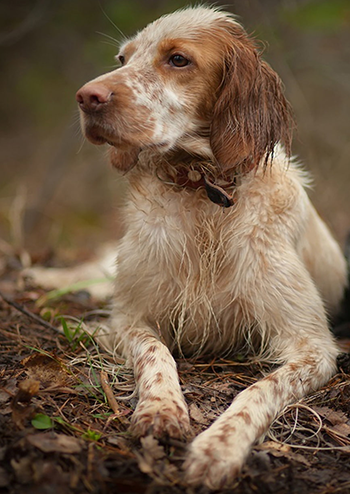 English Setters make excellent companions and are upland bird hunting dogs. The dogs are athletic, intelligent and require exercise. An owner with an active lifestyle, and able to provide mental and physical activities is a good fit for an English Setter’s needs.
English Setters make excellent companions and are upland bird hunting dogs. The dogs are athletic, intelligent and require exercise. An owner with an active lifestyle, and able to provide mental and physical activities is a good fit for an English Setter’s needs.


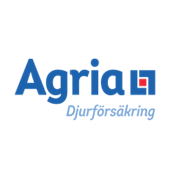 Agria - Swedish Breed Profiles
Agria - Swedish Breed Profiles
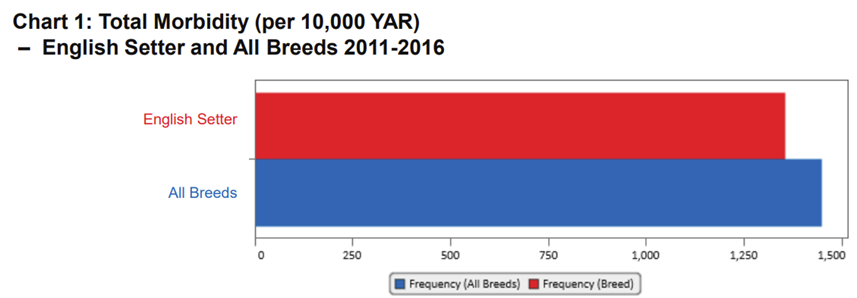

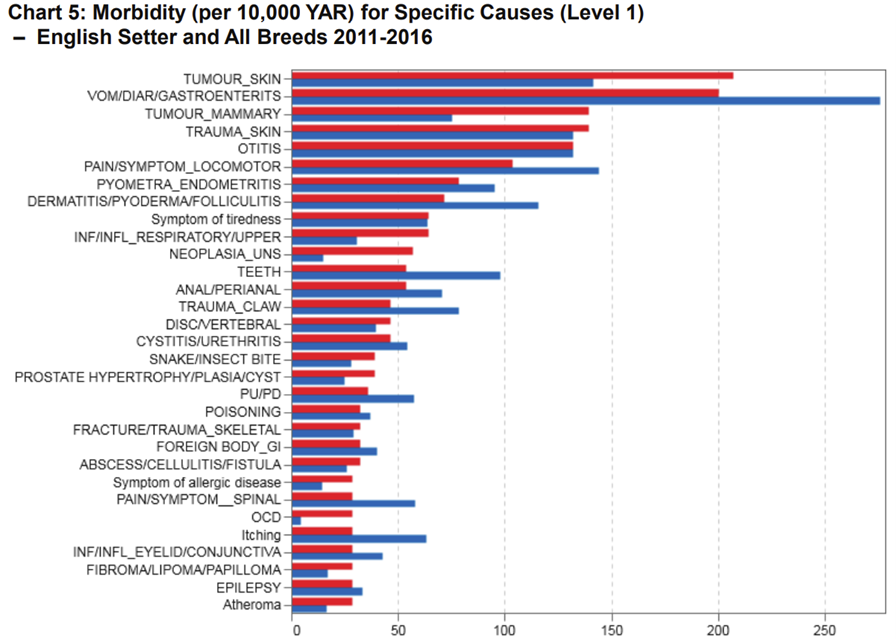
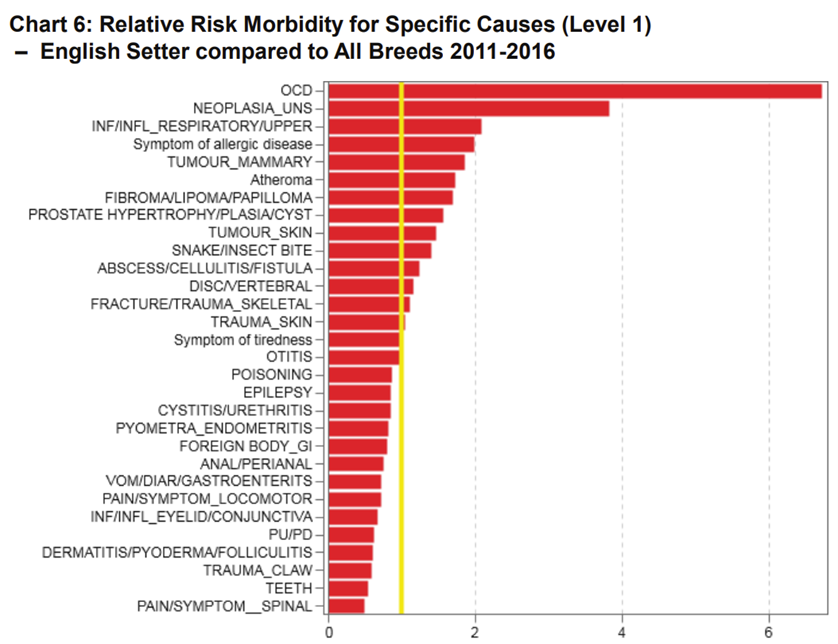
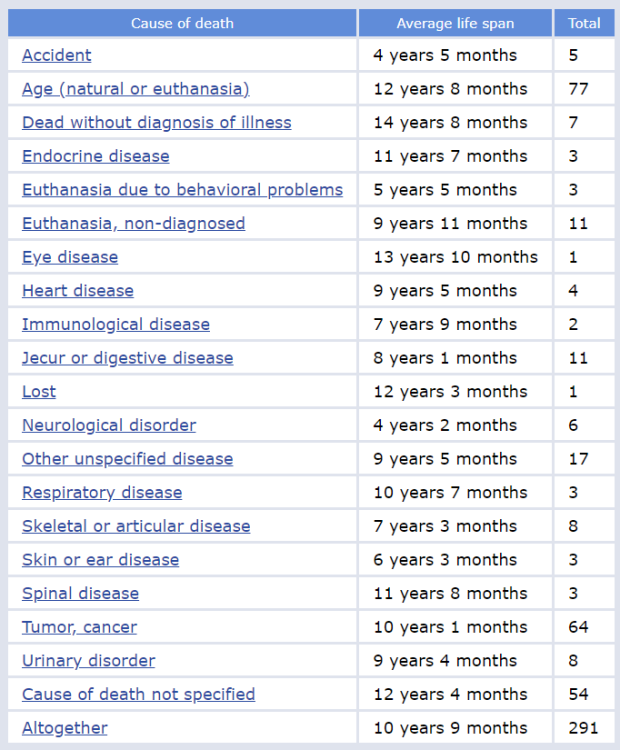
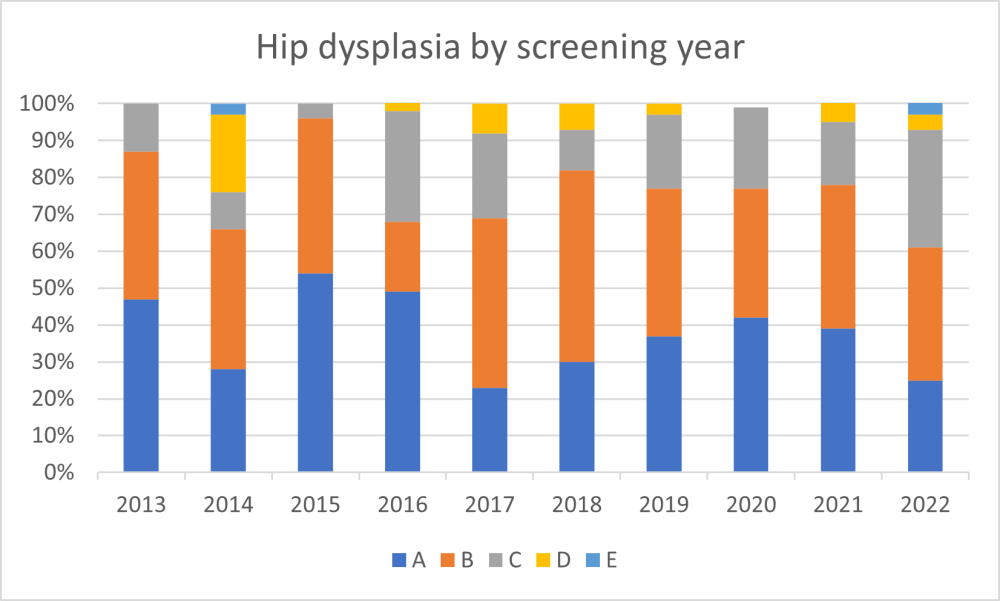
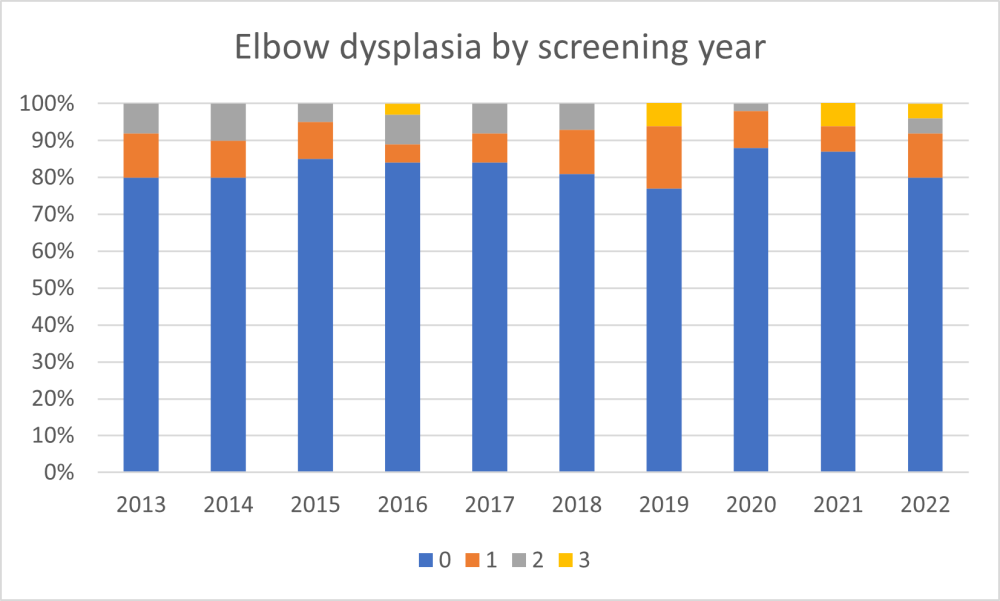
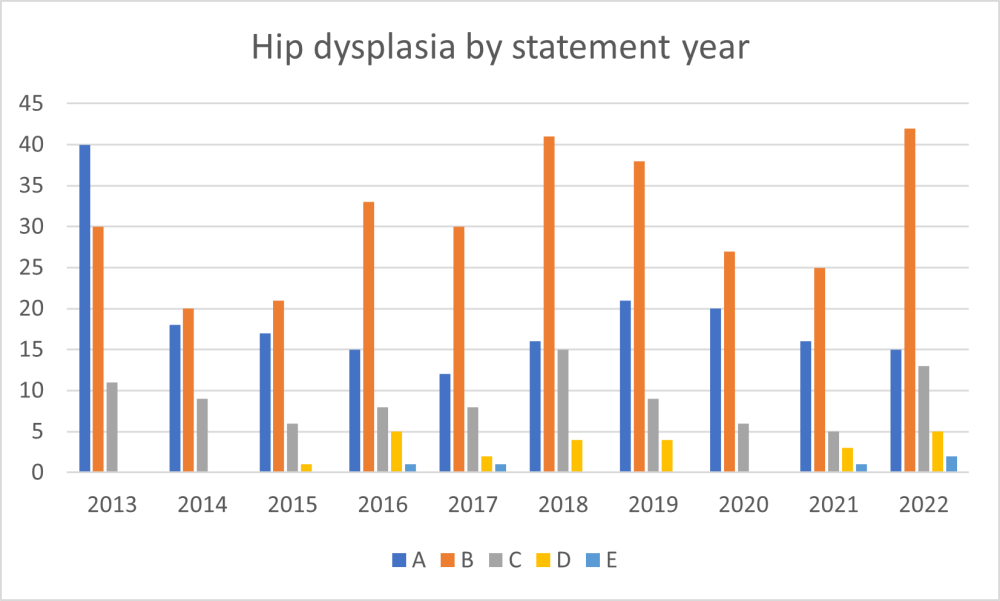
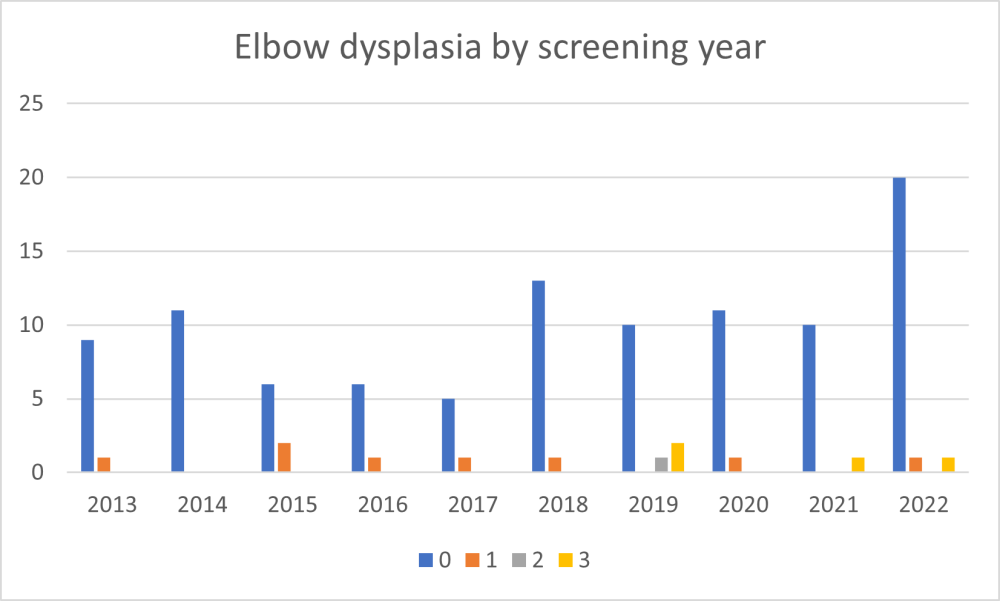
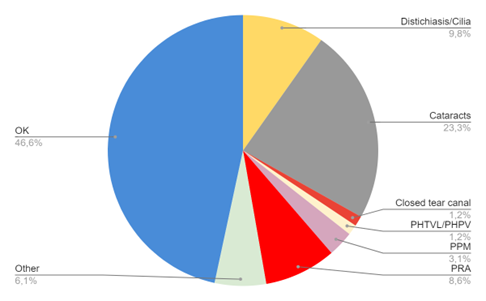
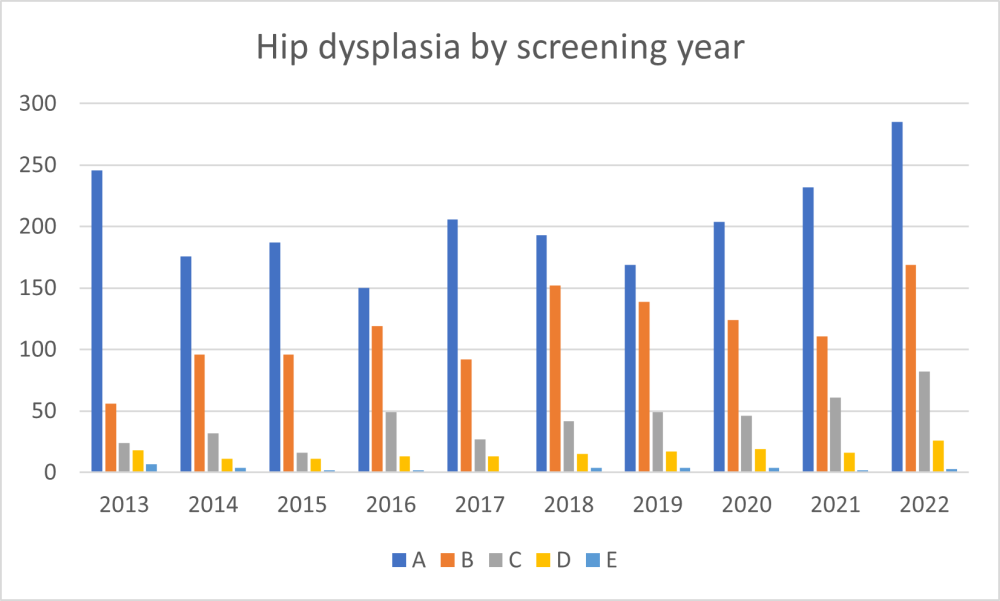
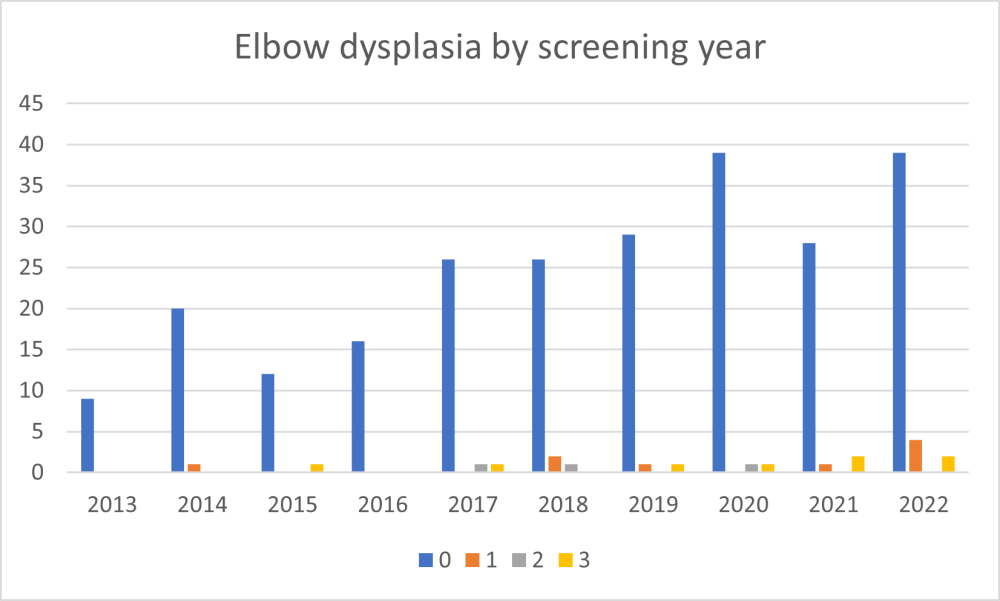
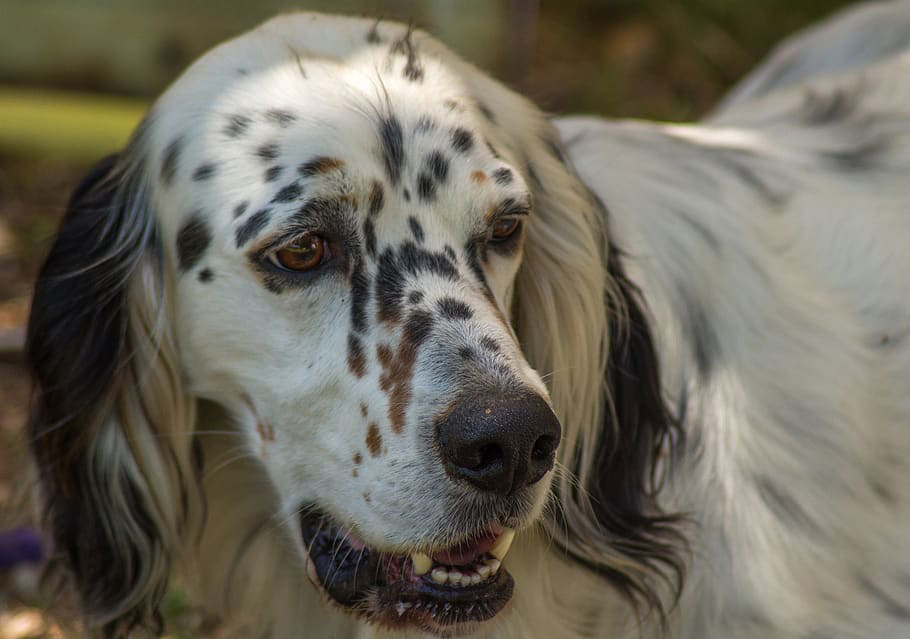 The Harmonization of Genetic Testing for Dogs (HGTD) Basics:
The Harmonization of Genetic Testing for Dogs (HGTD) Basics:  English Setter Breed Clubs
English Setter Breed Clubs

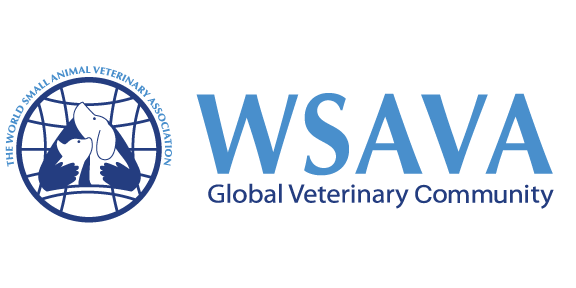
Recommended Comments
There are no comments to display.
Join the conversation
You can post now and register later. If you have an account, sign in now to post with your account.
Note: Your post will require moderator approval before it will be visible.